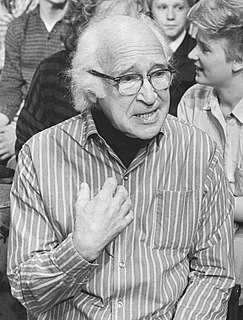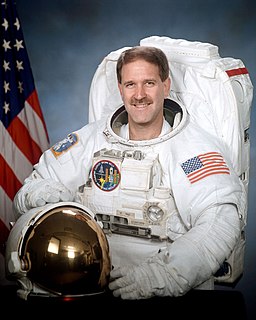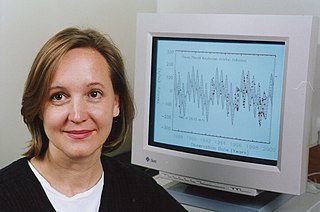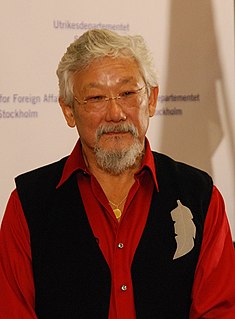A Quote by Neil deGrasse Tyson
But one of the coolest things about meteorites is that most were formed four-and-a-half-billion years ago, during the birth of our solar system, when, for reasons not yet known, a cloud of gas and dust was transformed into a sun with circling planets.
Related Quotes
I tell my students, with a feeling of pride that I hope they will share, that the carbon, nitrogen, and oxygen that make up ninety-nine per cent of our living substance were cooked in the deep interiors of earlier generations of dying stars. Gathered up from the ends of the universe, over billions of years, eventually they came to form, in part, the substance of our sun, its planets, and ourselves. Three billion years ago, life arose upon the earth. It is the only life in the solar system.
We still don't know for sure what the trigger was, but since we've discovered meteorites with supernova dust, we do know that a violent explosion rocked our cosmic neighborhood at the time of our birth, and it's quite possible that without it, our stable, stately solar system would never exist at all.
When I grew up as a kid, we didn't know there were any other planets outside of our own solar system. It was widely speculated that planet formation was an incredibly rare event and that it's possible that other planets just don't exist in our galaxy, and it's just this special situation where we happen to have planets around our sun.
The Moon is a ball of left-over debris from a cosmic collision that took place more than four billion years ago. A Mars-sized asteroid - one of the countless planetesimals that were frantically churning our solar system into existence - hit the infant Earth, bequeathing it a very large natural satellite.





























